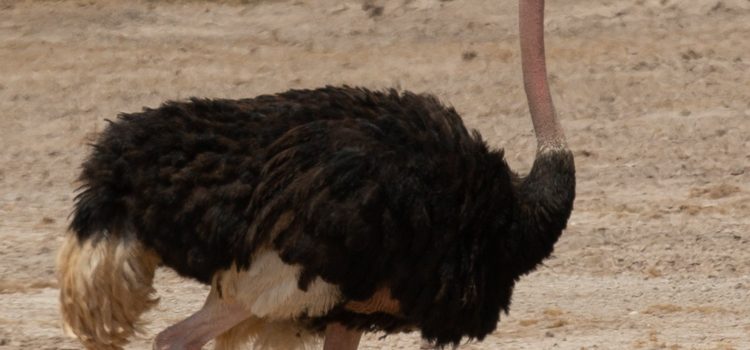
As the world evolves, so does the ostrich farming industry. With increasing demands for exotic meats, luxury goods, and other ostrich products, farmers and industry stakeholders are constantly exploring new innovations and facing unique challenges. In this article, we will delve into the future of ostrich farming, discussing the latest advancements, emerging trends, and potential obstacles that lie ahead.
One of the key areas of innovation in ostrich farming is technology. Farmers are adopting advanced technologies to streamline various aspects of ostrich farming, including automated feeding systems, remote monitoring of health and behavior, and data-driven decision making. These technological advancements have the potential to greatly improve the efficiency and sustainability of ostrich farming operations, leading to higher yields and better animal welfare.
Another area of innovation in ostrich farming is product diversification. While ostrich meat, leather, and feathers have traditionally been the main products, there is a growing interest in exploring new uses for ostrich by-products. For example, ostrich oil is gaining attention for its potential health and cosmetic benefits, and ostrich bones are being used to create unique artistic and decorative pieces. These innovative approaches to product diversification have the potential to open up new markets and revenue streams for ostrich farmers.
However, along with the innovations, ostrich farming also faces its share of challenges. One of the main challenges is the lack of standardized regulations and guidelines specific to ostrich farming. This can create uncertainties and inconsistencies in practices related to animal welfare, environmental sustainability, and food safety. Additionally, ostrich farming is often capital-intensive, requiring significant investments in land, infrastructure, and equipment, which can pose financial barriers for small-scale farmers.
Moreover, ostrich farming also faces social and cultural challenges. As the demand for exotic meats and luxury goods grows, concerns about animal welfare, ethical farming practices, and the impact on local communities are coming into the spotlight. It is important for the industry to address these concerns and work towards greater transparency and accountability.
In conclusion, the future of ostrich farming is a dynamic landscape with opportunities and challenges. Technological advancements, product diversification, and evolving consumer demands are shaping the industry’s trajectory. However, addressing regulatory, financial, social, and cultural challenges will be crucial in ensuring the sustainability and success of the ostrich farming industry in the years to come. By staying innovative, adaptive, and socially responsible, ostrich farmers can navigate the evolving landscape and thrive in the future of ostrich farming.










